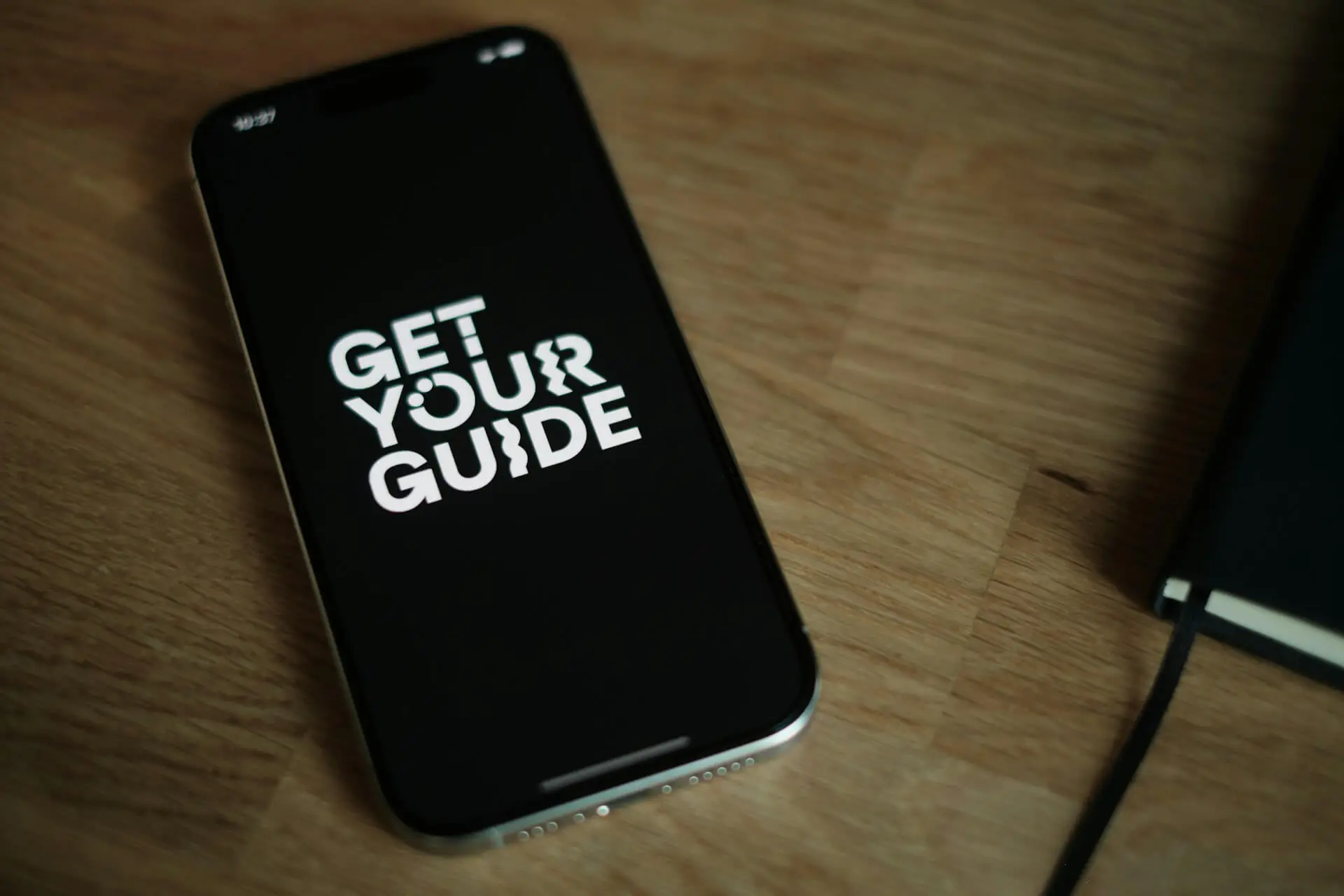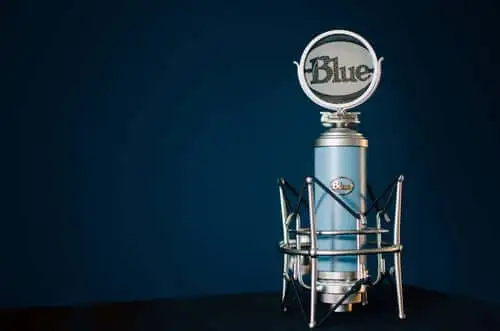Originally published September 16, 2025 , updated on September 17, 2025
A single blog can work across your entire marketing funnel if you let it. Repurposing blog content is about giving that piece more than one job. You can take what’s already there and reshape it into formats that meet your audience at different stages: when they first discover you, when they’re considering their options, and finally when they’re ready to make a decision.
It’s about making your existing content work smarter. This approach involving repurposing blog content doesn’t just save time, it gives your content purpose and direction across platforms and across the funnel.
Why One Blog Can Become a Set of Strategic Assets Through Content Repurposing

The biggest lift in content creation often happens up front. Writing a blog takes planning, research, writing, and editing. Once you’ve done that work, it makes sense to get as much value from it as possible by repurposing your blog content.
By shifting from a “publish and move on” mindset to one that treats each blog as a core asset, you benefit in the following ways:
You Increase Reach
People engage with content in different ways. A LinkedIn carousel or a 30-second video can be repurposed from one blog. These formats attract different audiences and bring more eyes to your message.
You Build Consistency
By repeating key themes across channels, you reinforce your brand message. When people see the same insight or positioning delivered in different touchpoints, it builds recognition and trust over time.
You connect with different content preferences
Some people read. Others scroll, interact, watch, or skim. Repurposing lets you shape the same message into the format that best fits how someone prefers to engage.
You Improve SEO
Each repurposed piece can target new but related keywords. Interlinking these assets with the original blog builds a stronger content cluster and signals topic authority to search engines.
How Content You Create Supports the Marketing Funnel
Content does different work depending on where someone is in their decision-making process. One piece won’t cover everything, which is why thinking about funnel stages helps. It gives structure to how you shape and repurpose what you’ve already created when working on your repurposing content strategy.
Top of Funnel
This is where someone is still figuring things out. They’re reading, skimming, picking up bits of information. Content here needs to be approachable. The goal is to give them something useful enough that they remember you, or at least keep you in mind as they continue looking around.
Middle of Funnel
At this point, they’ve done some digging. They’re comparing options, thinking through what’s going to work best for them. Your content has to offer a bit more here. It’s not just about showing up; it’s about helping them understand. A clear explanation can do a lot more than a flashy headline at this stage.
Bottom of Funnel
Now it’s about confidence. They want to feel sure before they commit. This is where content becomes more focused. It should give them a reason to act and help them feel like they’re making a solid choice.
Five Strategic Assets Every Blog Should Become
Below are five strategic assets that give your content more mileage and help guide people through the funnel.
Infographic
Repurposing blog content into an infographic is about taking what you have already written and presenting it in a visual format. Infographics blend short text with design, so ideas that might feel heavy in a long post become clear and inviting. They also perform well in practice, leading to a 65% increase in engagement of social posts. That makes them especially valuable when you want to draw people in at the awareness stage.
To create an infographic from a blog, you’ll need the right support and assets. A content writing team can help pick out the most important points and cut back the text. Design skills and tools are needed to bring in icons or illustrations that highlight the story. Once designed, the asset can be exported in different sizes for social posts or landing pages.
Downloadable Guide or Checklist
A guide or checklist adds structure and practical value. Readers who liked your blog can save the asset or share it with colleagues and use it later. As a gated download, it also helps turn readers into leads. To create one, expand the blog with step-by-step instructions, add templates or examples, and then design it for scanning. Over time, guides like this become steady sources of qualified leads and clear signals of interest. They are especially useful in the consideration and conversion stages of the funnel, where prospects are seeking tools to help them decide.
Short Form Video
Short‑form video takes a single idea from your blog and turns it into a snappy, visual experience – something viewers can digest in 30–60 seconds. It’s an excellent way to meet people in their scroll, especially when attention spans are so short: users retain 95% of a message when watching it, compared to just 10% when reading it.
To do this, choose one compelling insight – maybe a stat or tip – and make it the script. Add captions so it still lands if watched on mute. A TikTok or Instagram Reels version might lean into trendy visuals or sound bites to catch younger eyes, while a LinkedIn version can be more data-forward for professional audiences.
Short videos are powerful at the very top of the funnel; they capture attention fast. They also work mid-funnel, reinforcing your expertise and giving a quick nudge when someone is already warm to your brand.

Slide Deck or Presentation
Turning a blog into a slide deck makes your ideas portable. Break the blog into six to ten slides, one point each, and support them with charts or diagrams. This format works well for webinars or sales pitches, giving teams something they can present or circulate. Slide decks help during the consideration and decision stages of the funnel by making complex topics easier to scan and discuss. They also strengthen your authority by showing your ideas in a professional, structured way.
Email Content Series
An email series spreads the value of a blog over several touchpoints. Each email focuses on one section or insight and closes with a clear next step. This format remains one of the most reliable for nurturing. A three to four-part sequence built from a single blog keeps your brand present without feeling repetitive. It works especially well in the middle of the funnel, providing regular value that builds trust and moves readers closer to a decision.
Adopting a Repurposing in Content Strategy Mindset
Repurposing blog content into strategic assets is a way of making sure the work you’ve already done supports your bigger marketing plan. Each format plays its part. Together, they form a system that carries people forward rather than leaving content to fade after the first click.
The hard part for many teams is knowing how to make that system run without adding strain. Repurposing works best when it’s baked into the plan from the start.
That shift in thinking is where Goodman Lantern comes in. We help companies turn blogs into assets that keep earning attention and building momentum through content repurposing. If you’re ready to see more return from the content you already have, let’s talk.
Post Views: 6

















